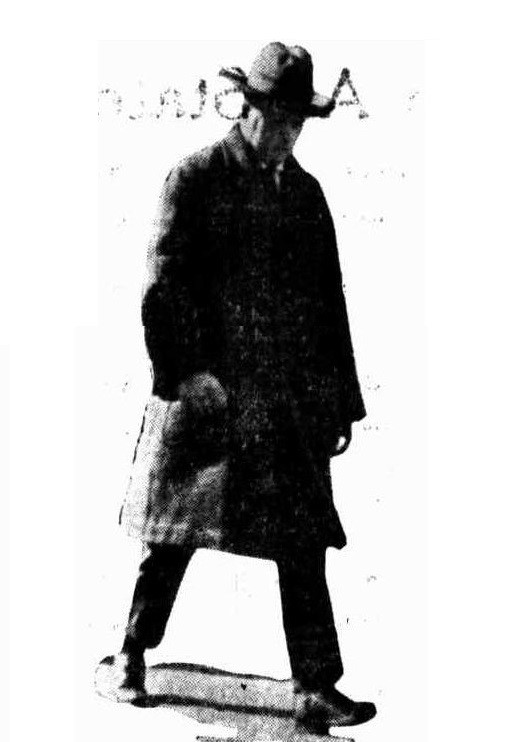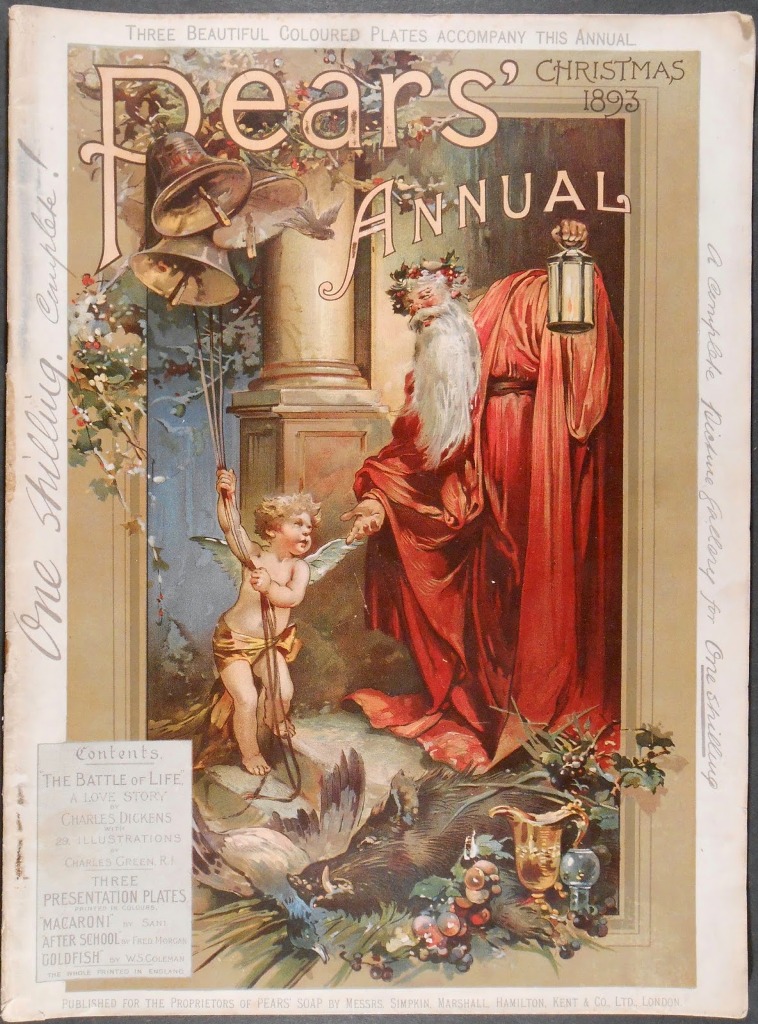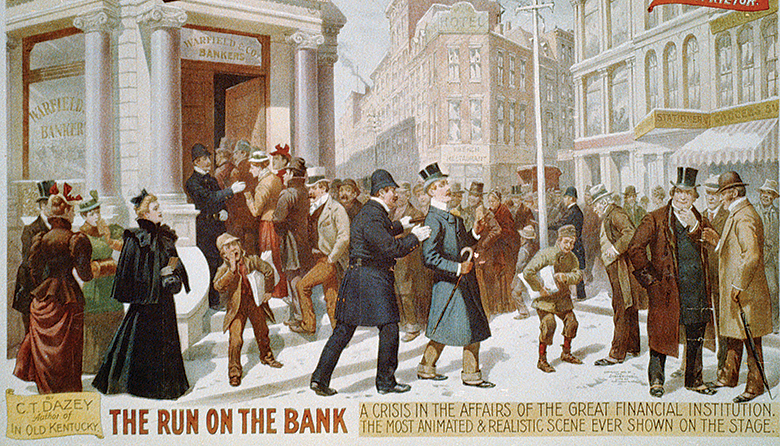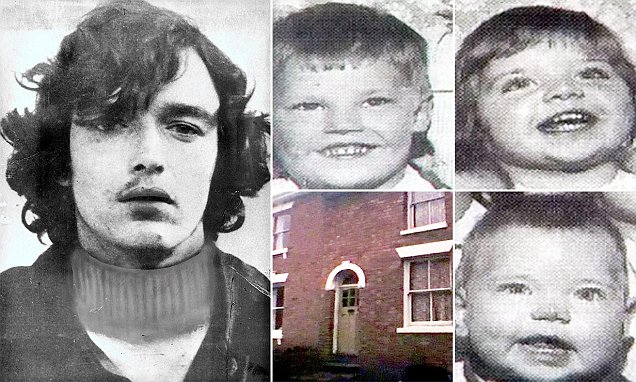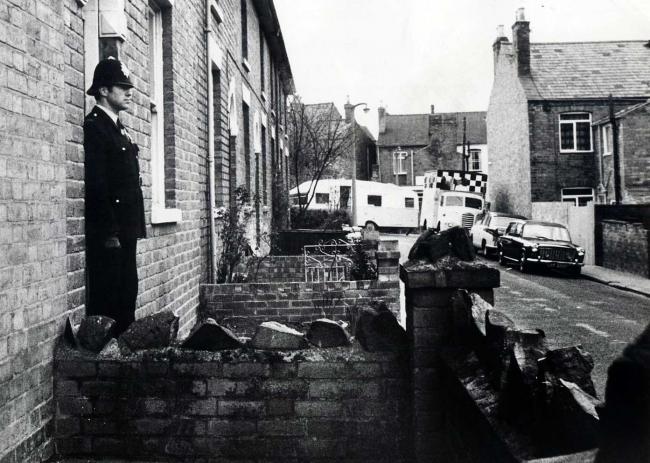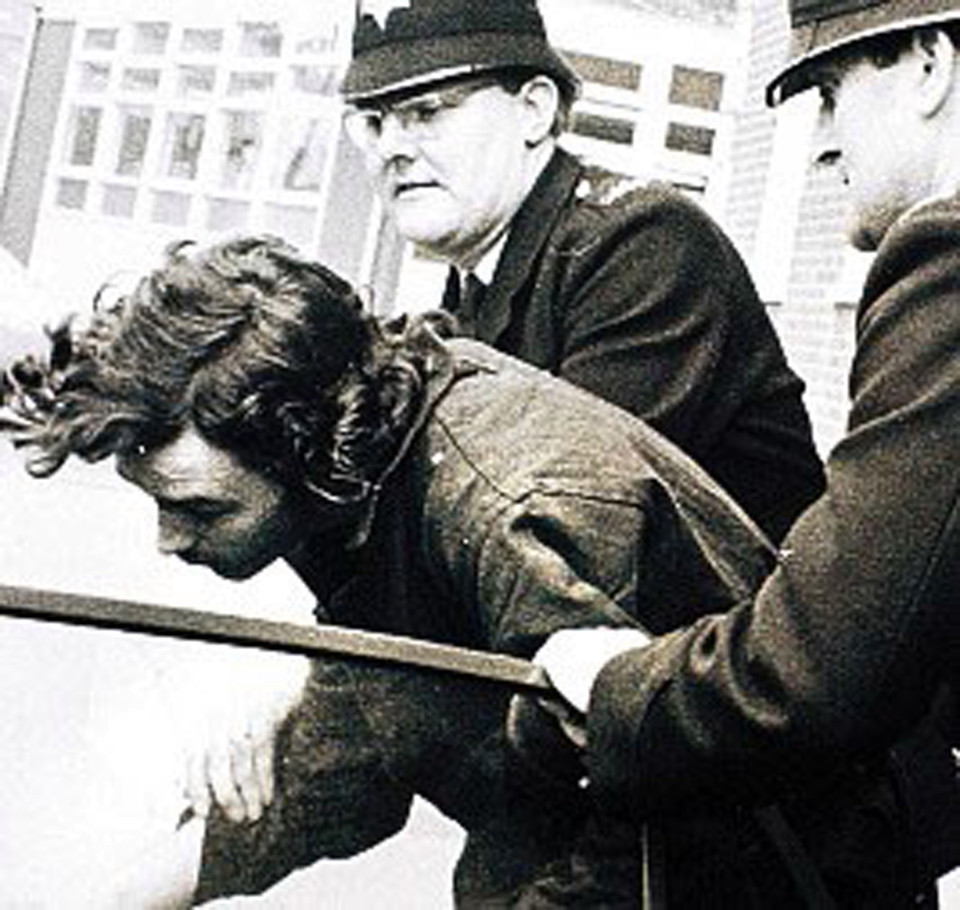In the days before electrical lighting, much could go on under cover of darkness. Australia’s most famous iconic waterfronts, such as the Hunter River, Sydney Harbour or the Brisbane River, under darkened nighttime skies, were dangerous places to be. Without starlight nor moonlight, the good folk of the city were at the mercy of dark creatures of the night.
In the past, rivers such as London’s Thames became somewhat infamous for the not-unusual sight of dead bodies to be found floating on the water from time to time. But these occasions were not just an issue limited to the Mother Country alone; in the days before the Federation of Australia, the coroner’s courts often had to deal with Jane and John Doe’s floating around their respective state watering holes.
But this was the least of the concerns on Mrs. Lee’s mind on one bright sunny afternoon in 1873. Mrs. Lee was doing what any ordinary person might do on a Saturday. She was coming into the Sydney Habour to spend some with the family, partake of some food and drink and return home by ferry to her Milson’s Point home on the North Shore of Sydney.
Her son-in-law ran a bar in Circular Quay, right on the edge of the Sydney Harbour shoreline. After a few hours of drinking and reminiscing, she decided to leave at 7 pm, perhaps noticing that her silver coins were beginning to run low. She had just enough left to pay the ferryman to take her to the other side of the harbour – her home.
It would be a strange time on the Sydney Harbour as bright daylight turned to a darkened cloud-filled night. The visibility was low. The watches on the various vessels mostly had to listen out for danger.

An apprentice, going about his work at around 9 pm on a vessel in the harbour, reported hearing a woman’s voice ring out across the water. She was shouting, “Police, police! Murder, murder!”. The young boy could very faintly observe a boat in the distance with two figures in it. The woman continued yelling, “You wretch! You will murder me!”. Having no means of leaving his boat and with a degree of helplessness, he yelled out to the pair, “Let the woman alone,” but there was no response, and the couple faded from sight.
Another boy on watch duty on a different vessel also heard screams and, in the dim light, shouted out, hoping to scare the attacker, “What are you doing to the woman?”. Surprisingly, a voice from the darkness hissed back at him, “Never you mind – you have got some colonial in you! An olden time for Australian insults.
Even across the other side of the water, screams for help had been so loud that the domestic servants of a notable residence at Kirribilli Point reported having heard similar cries.
On alert that some dark crime was taking place on the harbour underneath the pitch black of night, there was little anyone could do. The owner of a water taxi on the Circular Quay also noticed that his boat had vanished. Even more mysteriously, it had reappeared in its usual moorings when he returned about 2 hours later at 11 pm that same night.
The owner was furious as he noticed that the sail had gone missing. On closer inspection, however, indications of foul play became apparent. Despite evidence that someone had made some attempt to clean the boat up, the timbers of the boat were quite saturated in blood, with red splash marks located on the mast. There was little to do except report the news of his bloodied boat to the water police.
At 7 am early the next morning, a group of boys arrived by boat at Circular Quay and reported that they had seen the body of a woman floating amongst the rocks. The body was duly recovered and conveyed to the morgue at Circular Quay.
A post-mortem examination began, and the body, despite presenting a sickening spectacle, was identified as Mrs Lee’s. There was a very long list of wounds all over the body and limbs, and in the opinion of the medical gentlemen, these were inflicted during the final moments of the poor woman’s life.
The police began to trace her movements the night previous. When she left her son-in-law’s company, instead of going home, it seems she was seen in company with a waterman named Thomas in the Orient Hotel enjoying brandy and beer before the two left together.
The prospect of saving some coin may have prompted her to accept an offer of passage from Thomas. The savings would allow her to enjoy another round or two of drinks before retiring for the evening. For the waterman, it was a rare chance for some paid work after experiencing some lean times.
Thomas was about 45 years of age, a seller of fruits, and a licensed waterman. He was described as a miserable and sickly-looking man, with matted hair and beard and of mean stature and appearance. He was addicted to drink and, when in that condition, was said to become quarrelsome and given to fighting. Thomas was a Rocks resident, had a wife and six children, but had mostly been living on the kindness of others of late.
Still, on the same morning when the body was found, the water police knocked on his front door and asked him to account for his whereabouts the previous evening.
He admitted to taking the boat without permission, but he had returned it to its rightful place, although no one was about on his return.
He had taken a woman, Mrs Lee, across the harbour the previous evening but had landed her at Milson’s Point. No one else but himself had seen her land and he knew nothing about the blood in the boat. After dropping her home, he came straight back to Circular Quay.

He admitted he had shared a drink with the deceased the previous evening and had even been seen to shout her drinks at the Orient Hotel.
As the police were questioning Thomas, they were interested in the state of his white handkerchief that was wrapped around his neck, as it was spotted with blood. Furthermore, Thomas showed no apprehension concerning the clothes he was wearing. He had not changed during the night, and his vest and shirt contained blood spots. Police did not believe his claim about having a nosebleed resulting from a fistfight the preceding afternoon and duly arrested him for the murder.
Despite proclaiming his innocence during the trial, Thomas was found guilty. There appears to be no premeditation of intent to murder, and on his execution day, he seems to accept his fate, having a sound night’s sleep the previous night.
Thomas addressed the spectators, acknowledging the justice of his sentence and punishment and thanked the gaol authorities for their kindness to him. He expressed a hope that no one would throw any aspersion upon his wife and children, which affected him so much that he burst into tears. He then stated that the drink had brought him to the scaffold and bid those present goodbye.
The bolt was drawn on the gallows – and somewhat rare for an execution performed in the 1800s, he died instantly.
Mrs. Lee’s night out shows that not much separates the present day from the past. One often goes to the city to enjoy the company of friends and family over a glass of one’s favourite beverage before attempting to get home on unreliable public transport. Imagine for a moment doing so without the aid of electrical lighting to light your path, and it becomes apparent how much more dangerous the world was without electricity.
Mrs. Lee’s history, though, is just one of many personal crime stories that have played out in the iconic places we know so well. We walk about the streets of our city, completely unaware of the dark stories that have taken place.
We go into a bar or a fine restaurant, utterly unaware of the site’s bloody past. And really, this is all our Dark Stories Crime Tours are all about. Returning you to the scenes of iconic places where the lives and deaths of ordinary everyday citizens played out.
For a brief window of time, past lives and tragic tales are brought back to life in the very place where these events took place. But at least for a moment, the lives of those gone before us get to live again. Mrs Lee wanted to have a night out with friends and family, but fate intervened with other plans. But perhaps in some small way, by retelling her story today, she has achieved a kind of immortality in the process.
And as it is Australia Day Weekend coming up, our cities will again be filled with the sights and sounds of people enjoying food and drink in much the same light as Mrs. Lee. It’s interesting to wonder what a Dark Stories True Crime Tour would have been like in 1873; however, at least you can enjoy the 2020 vintage and rediscover the events of the streets around you.
Happy Australia Day Weekend to everyone.



